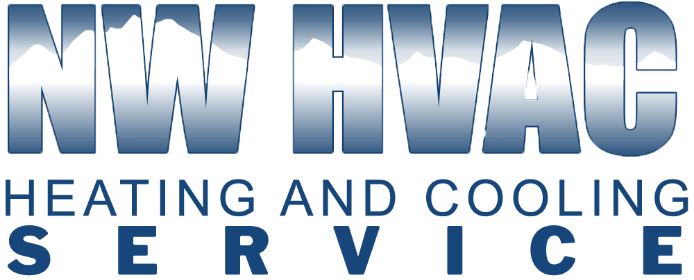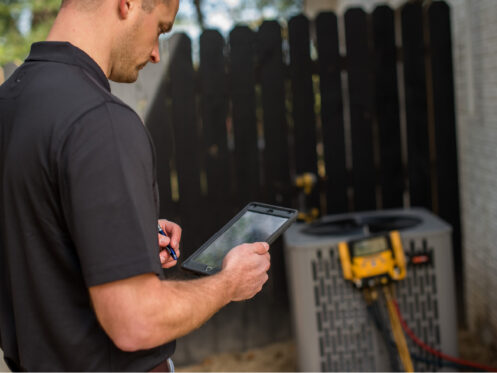If you need to replace or upgrade your HVAC system, it is definitely worth considering a heat pump instead of a traditional air conditioner or furnace. Heat pumps are extremely efficient compared to traditional HVAC systems and will almost always allow you to heat your home for far less money. To understand why this is, this article will explain exactly how heat pumps work and what allows them to provide both heating and air conditioning.
Understanding the Process of Heat Transfer
Heat pumps and traditional air conditioners both work using a heat transfer process. This means that the cold refrigerant flowing through the system captures heat from the air in one location and then transfers and releases it into the air in another. The difference between the two is that an air conditioner can only capture heat from inside a home or building and release it outside. A heat pump, on the other hand, can also capture heat from outside and bring it inside to raise the indoor air temperature.
This heat transfer process is what makes heat pumps much more efficient than other types of electric heating. Standard electric heaters like space heaters, baseboard heaters and electric furnaces simply convert electrical energy into heat energy. A heat pump uses electricity to power its compressor and compressor fan and it will pump the refrigerant between the indoor and outdoor parts of the system. The heat transfer process typically allows a heat pump to produce at least two to three times more heat energy compared to how much electricity it uses. All other types of electric heating equipment can only ever produce the same amount of heat energy as the amount of electrical energy they use.
How the Reversing Valve Allows a Heat Pump to Provide Heat
The reversing valve is really the only component that makes a heat pump different from a traditional air conditioner. In a standard AC system, the refrigerant can only ever flow in one direction. This means cold refrigerant flows inside to remove heat from the home or building, and the heated refrigerant then flows back out to the AC condenser and releases all the heat outside.
The reversing valve in a heat pump system enables it to reverse the refrigerant flow. Before the refrigerant flows into the coil in the heat pump condenser, it first passes through an expansion valve. This causes its pressure to instantly decrease, which makes it extremely cold. This process is important since the refrigerant needs to be much colder than the air outdoors for it to capture heat energy from the air.
Before the refrigerant gets pumped to the coil inside the home or building, it first moves through the compressor. When the refrigerant gets compressed, its pressure greatly increases. This instantly causes it to boil and turns it into an extremely hot gas that is usually between 120 and 140 degrees. As the refrigerant flows through the indoor coil, most of the heat then naturally gets released into the cooler air being drawn over the coil by the blower. The blower then circulates the heated air into every part of the home or building to raise the overall indoor temperature.
This same process is also how heat pumps and air conditioners cool a home or building, except that it runs in reverse. When cooling, the indoor and outdoor coils switch roles. That means that the indoor coil works to capture heat and the outdoor coil then works to release heat into the air being blown over it by the compressor fan.
How Heat Pumps Can Heat in Freezing Temperatures
The one thing you need to understand is that there is always some heat energy in the air no matter how cold it is. This fact is what allows heat pumps to keep providing heat even in temperatures well below freezing. As long as the expansion valve can decrease the temperature of the refrigerant to where it is colder than the air, the heat transfer process will continue working. Heat strips can also be added to heat pumps to enable them to provide heat during harsh winters.
Our staff at Northwest HVAC Heating & Cooling have been serving the Vancouver, WA, area since 1998. If you want to upgrade to a heat pump, we carry a selection of top-quality systems from trusted brands like Daikin, Rudd and Bosch. We also install air conditioners, furnaces and ductless mini-splits, and our team can take care of your heating and air conditioning maintenance and perform repairs as well. Contact us today to ask any questions you have or schedule a consultation or service call.






